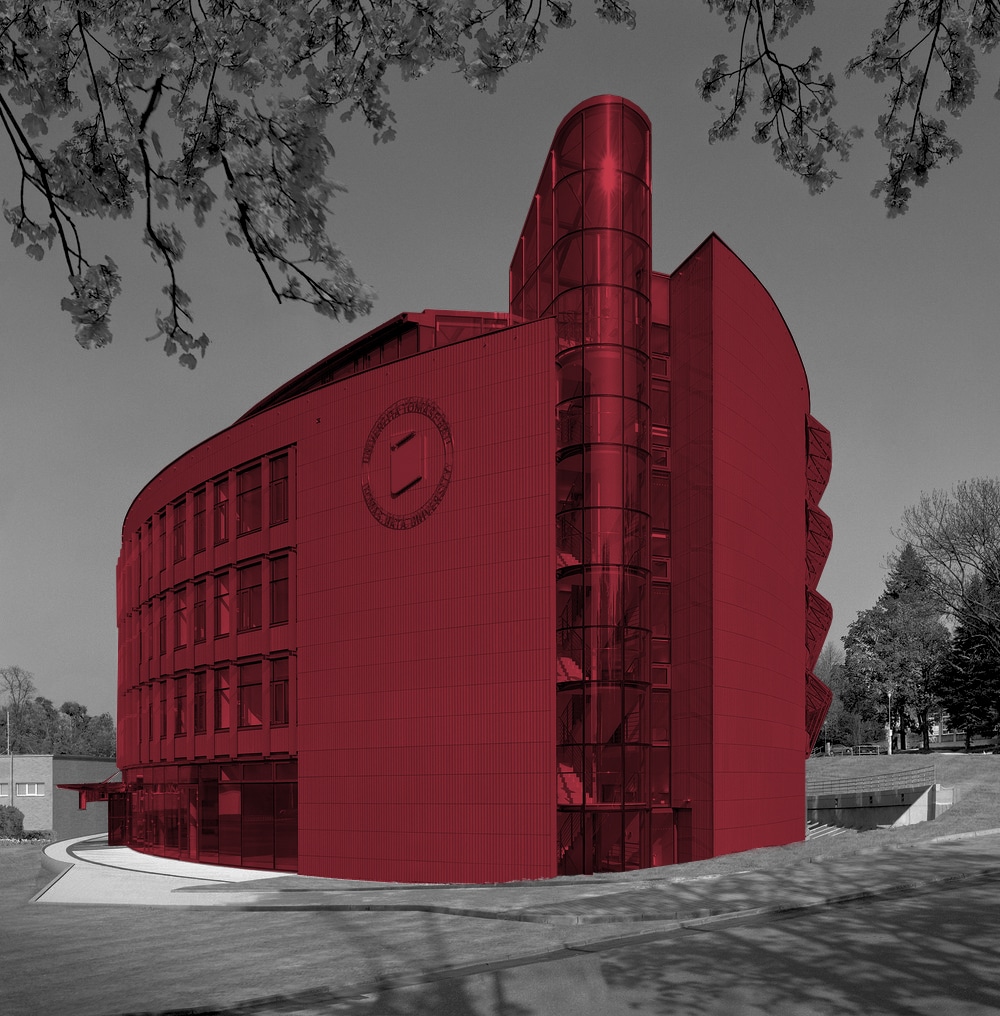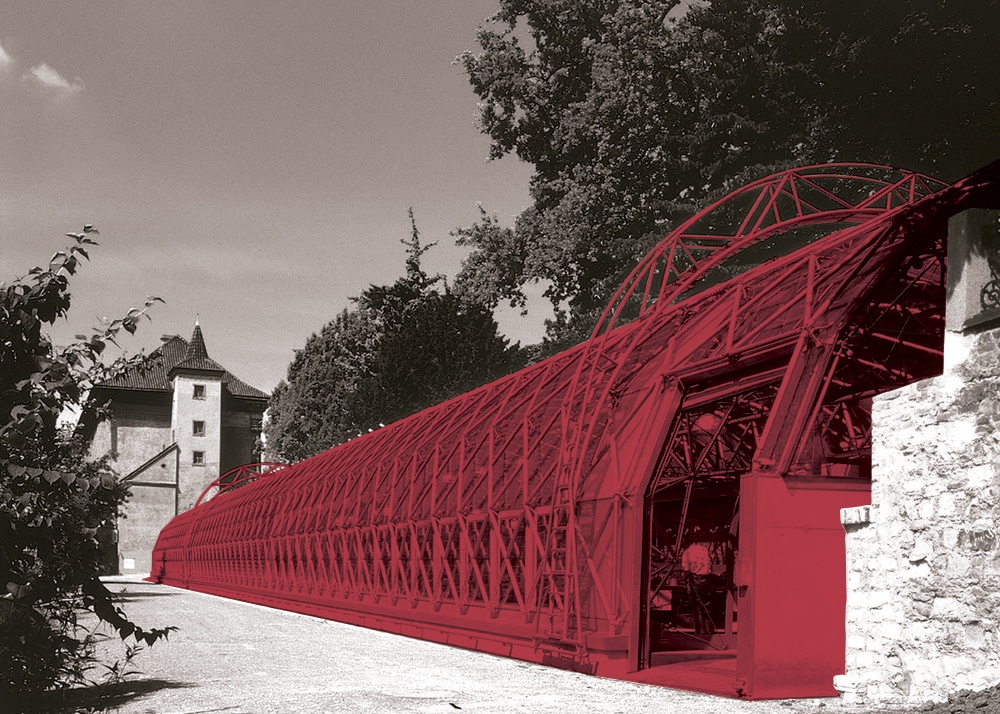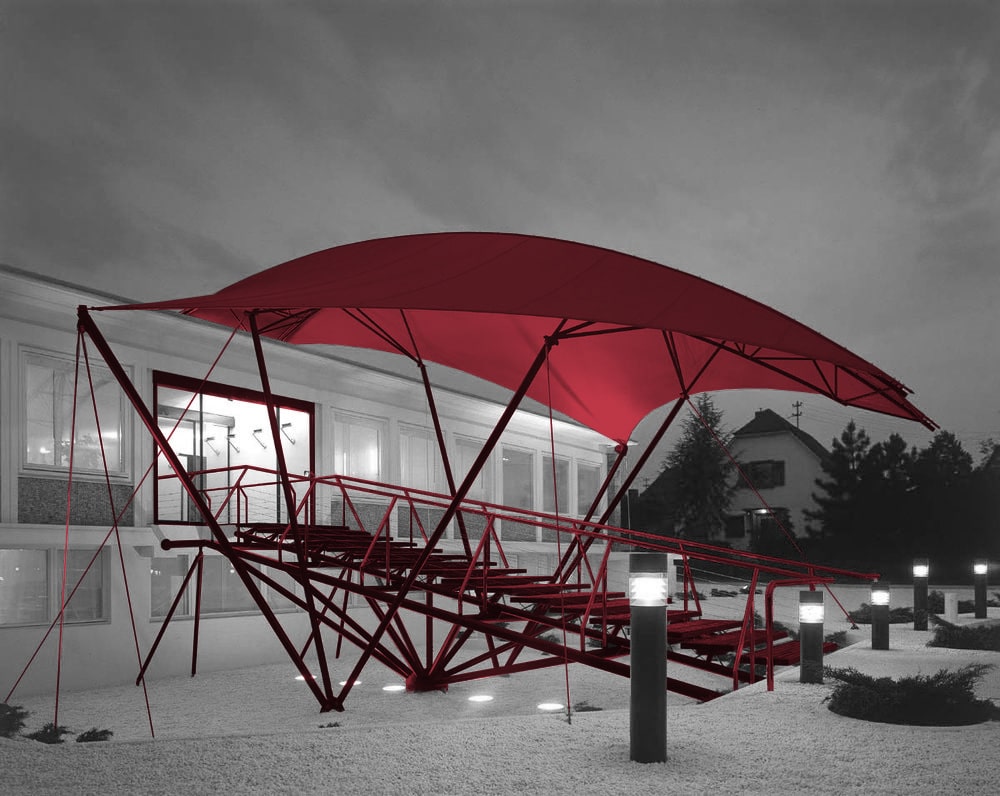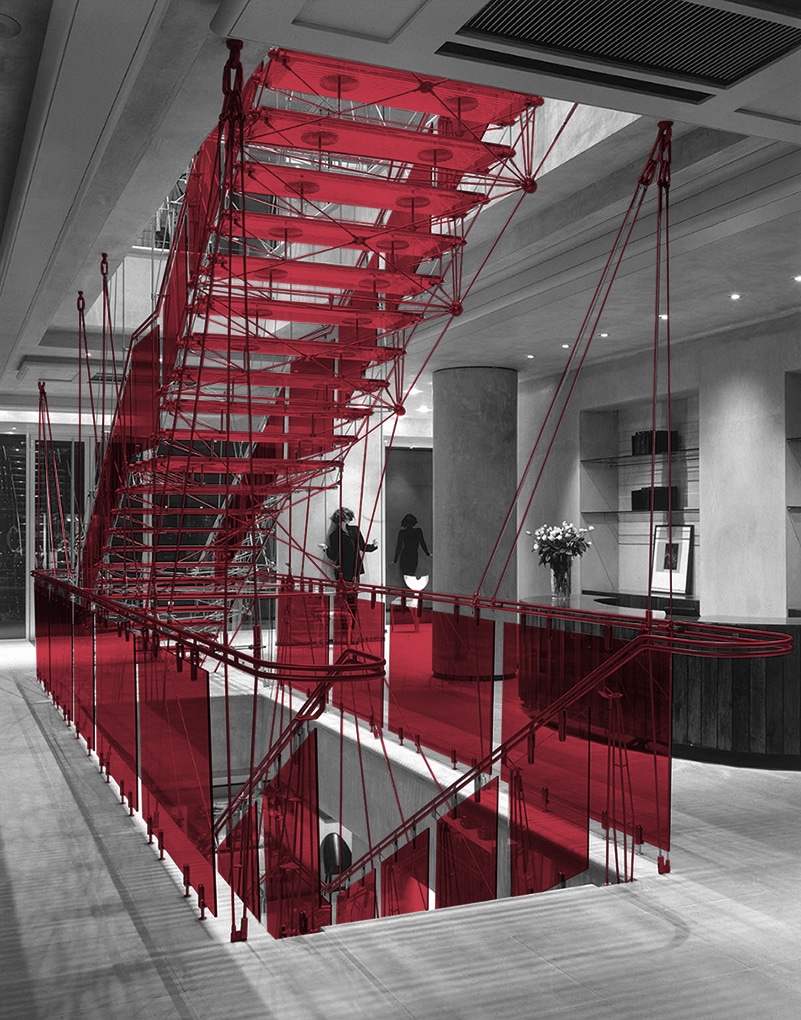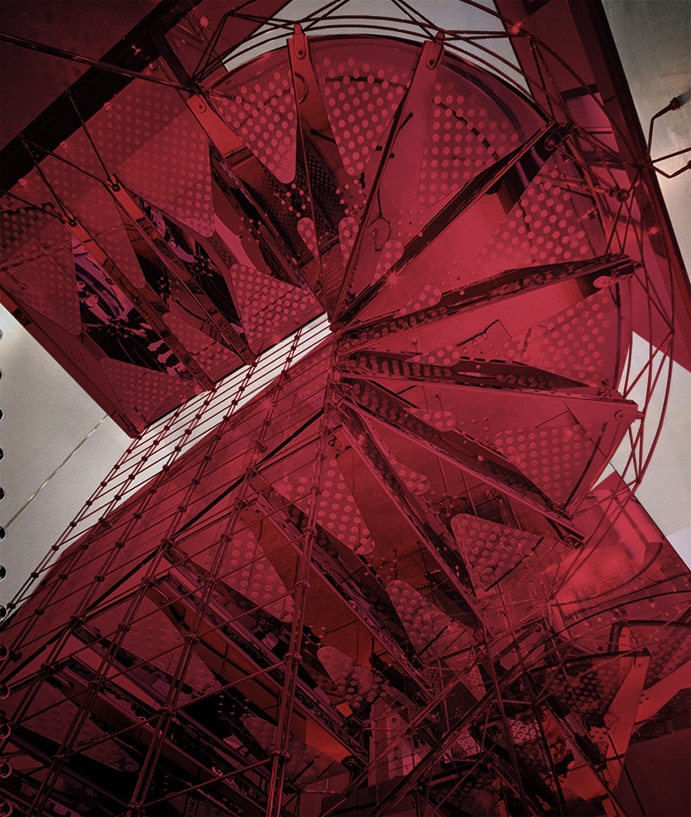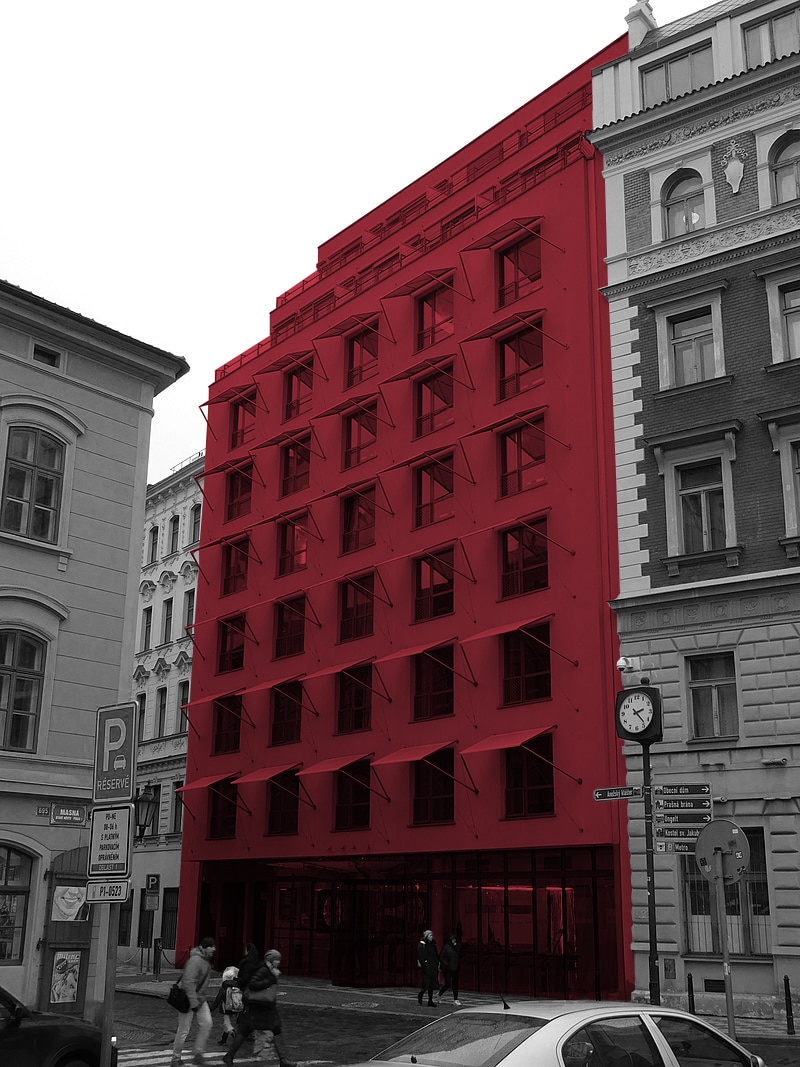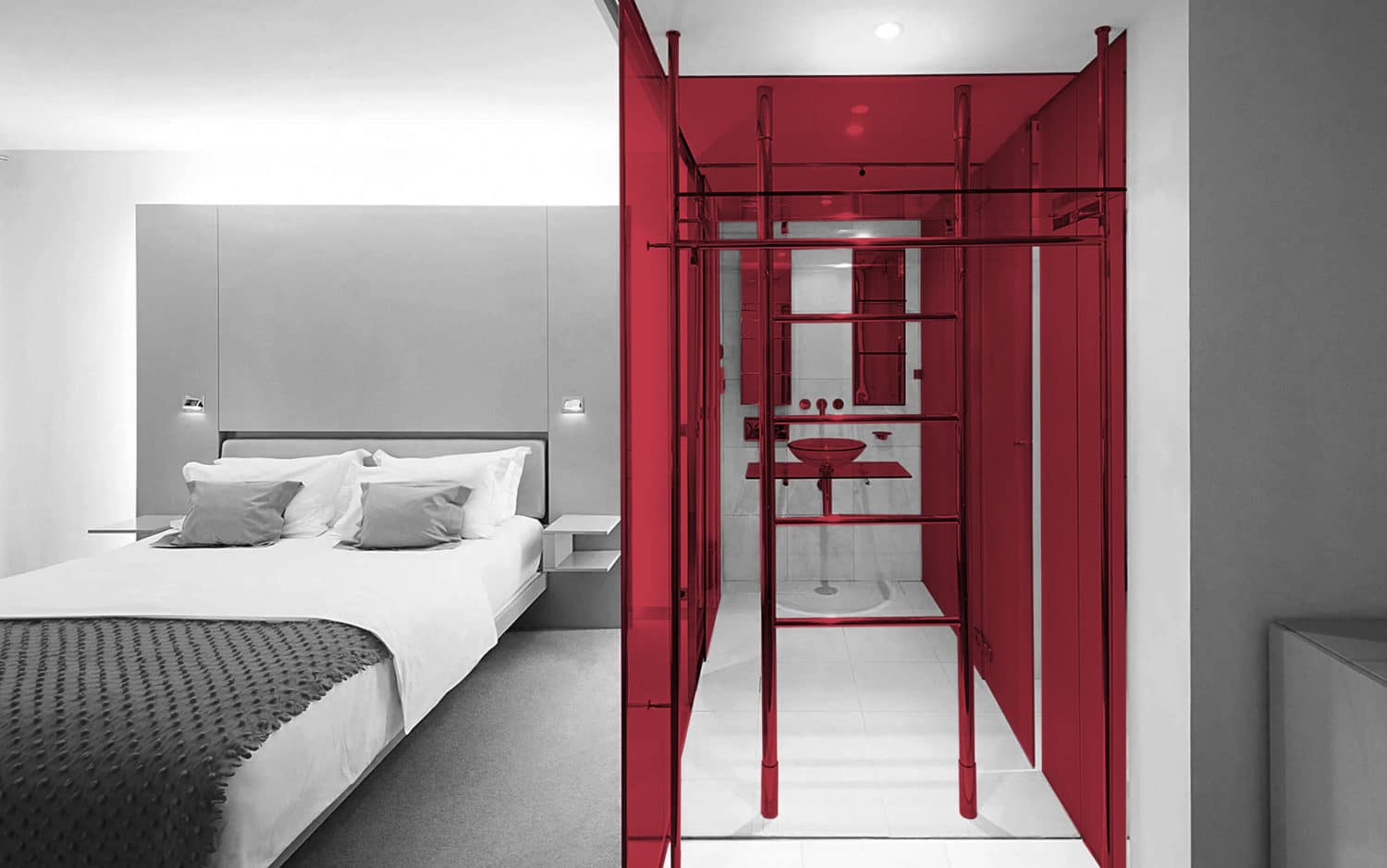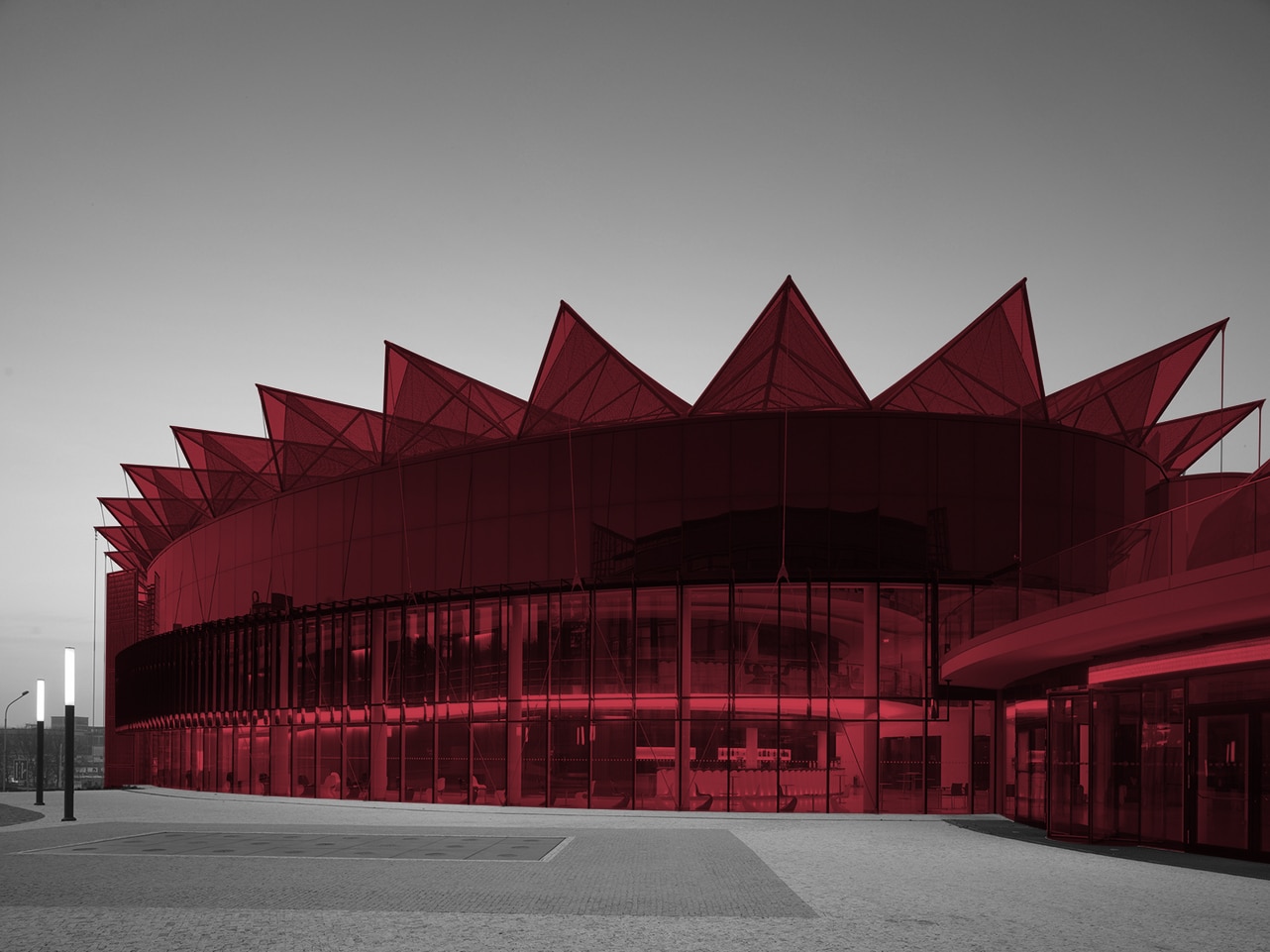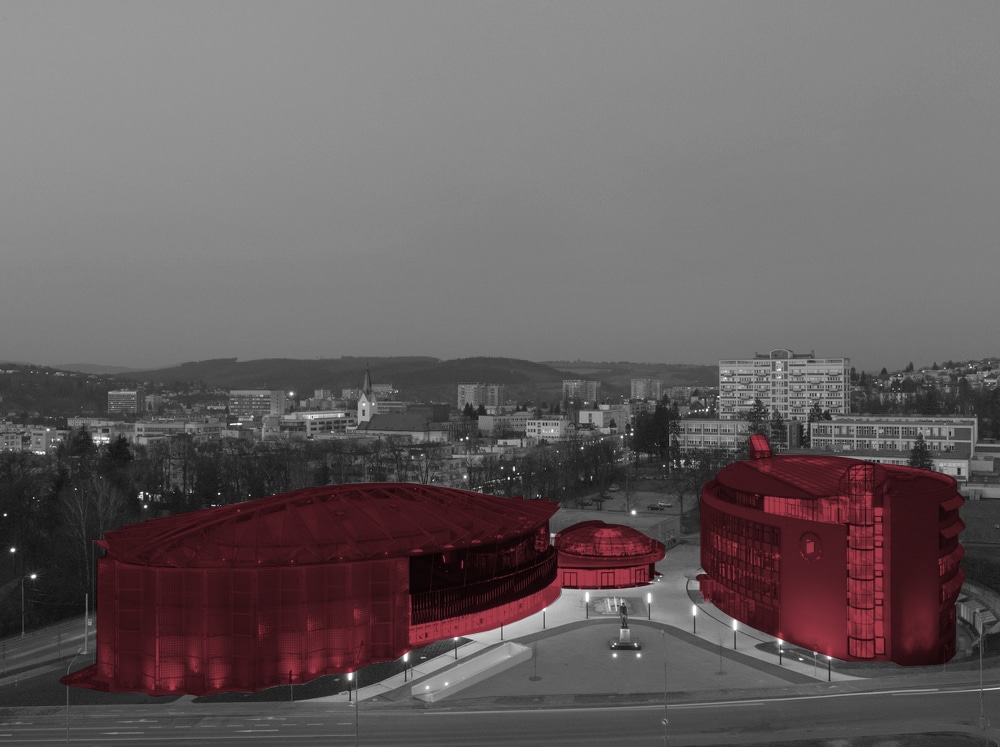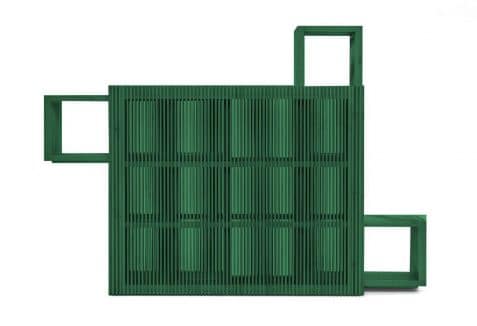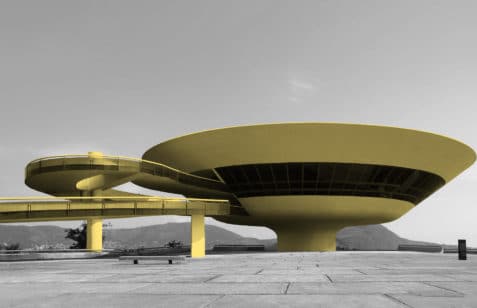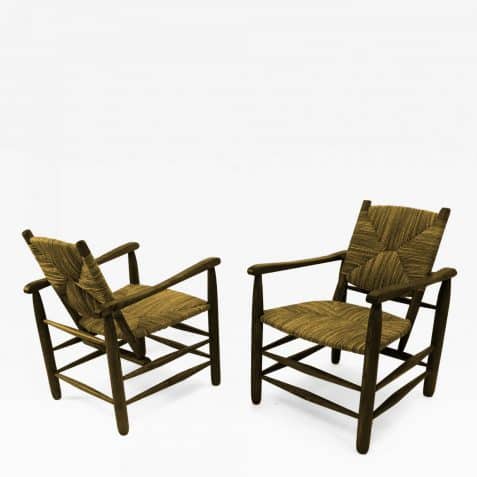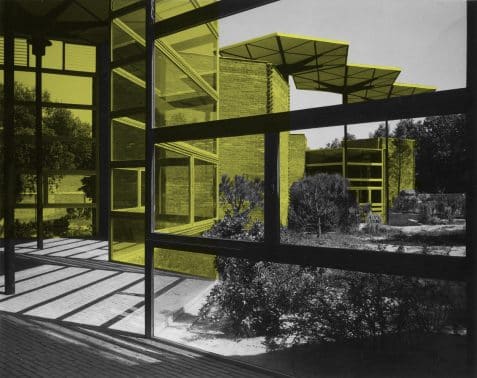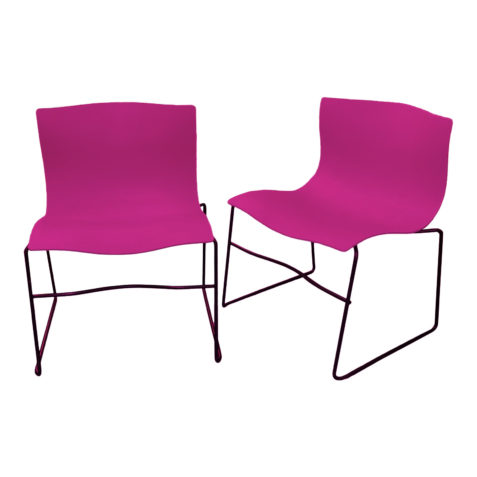INTERIOR
The elegance of technology
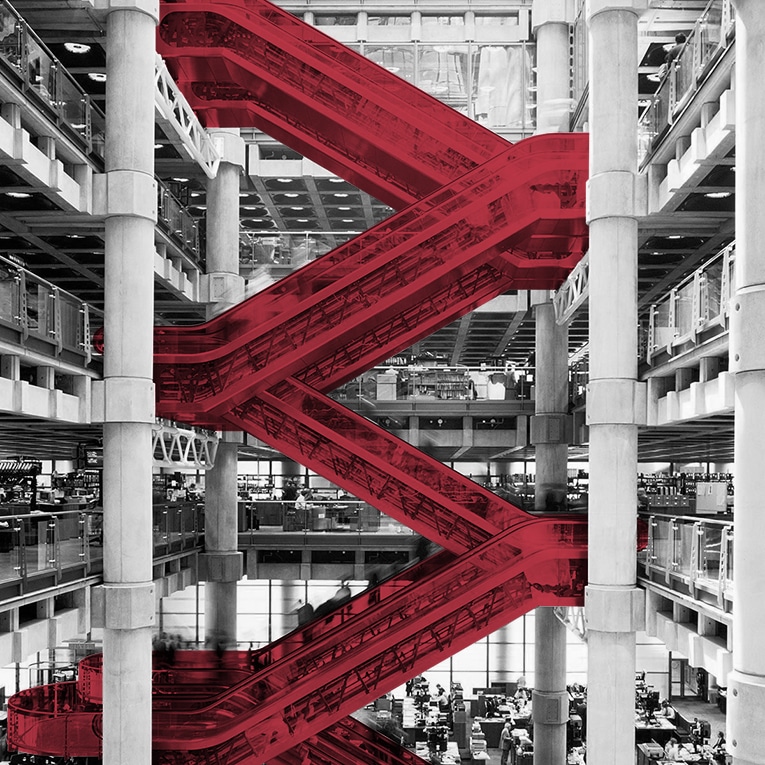
From the mid-nineteenth century, architecture became the spearhead of progress by showing the formal possibilities derived from the use of new materials and technologies, generating works such as the Crystal Palace by Joseph Paxton or the Eiffel Tower. This trend, present in all modern architecture, crystallized in the eighties in the so-called hi-tech architecture, usually associated with large corporate buildings such as the Bank of Hong Kong and Shanghai by Norman Foster or the headquarters of Lloyds in London by Richard Rogers.
This type of architecture is characterized by the manifestation of the power of the structure, the sophistication of the technology used and usually evidences the assembly process in the final image. Although these characteristics tend to distance this type of architecture from more subtle and smaller-scale proposals, the work of Eva Jiricna is an example of the opposite.
I do believe quite strongly that one should not use more materials than absolutely necessary to make a building, Eva Jiricna.
Architect of Czech origin but based in Great Britain since 1968, Eva Jiricna’s work is characterized by the use of glass as a structural material both in envelopes and interiors. In fact, Jiricna made her name as an architect with interior design, first with the interior design of the Lloyds headquarters by Rogers and later with a series of interiors for shops such as the Joseph store in London or the Joan & David shoe store in Paris, with their elegant glass and steel staircases.
In later works, Jiricna applies her elegant and sophisticated language to the whole building, as in the Congress Center in Zlín, his hometown, or in the Hotel Josef, conceived as a total work of art where she designed elements of all scales, from the building structure to the furniture details.
